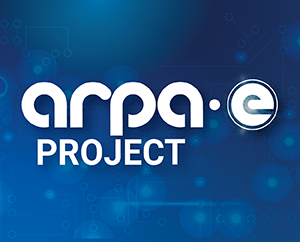Selective Thermal Emission Coatings for Improved Turbine Performance

Technology Description:
Thermal barrier coatings (TBCs) on turbine blades are designed to protect the blade from reaching temperatures higher than the operational capability of the base metal. Pacific Northwest National Laboratory aims to develop a new type of TBC that performs dual functions. The coating will act as a barrier to conventional heat transfer and have ability to alter the wavelength of light radiated from the hot turbine blade surface. This normally wasted energy will be absorbed in the turbine exhaust where it can then produce additional electrical power or thrust. Simulations show this new coating could increase turbine output by as much 6%. Achieving half or even 1/3 of this initial estimate in power increase would be transformational. The project team will design, synthesize, and measure the optical and thermal properties of candidate selective emitter coatings for operation at up to 1800°C.
Potential Impact:
Combining development of new ultrahigh temperature materials with compatible coatings and manufacturing technologies has the potential to increase gas turbine efficiency up to 7%, which will significantly reduce wasted energy and carbon emissions.
